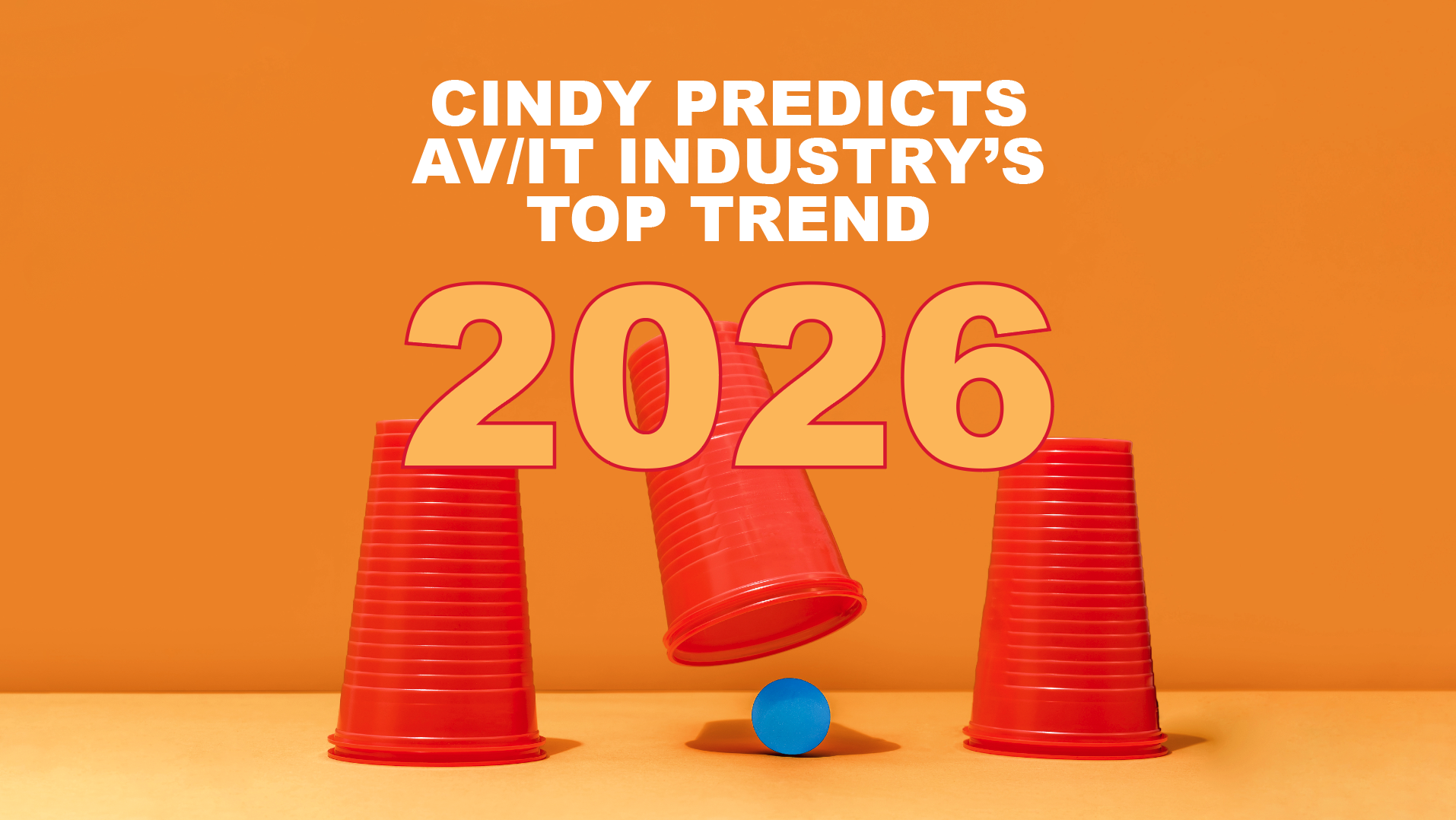Executive Q&A: Choose Your AV Path
Radiant Technology’s Greg Myers sees two directions for contractors.

SCN: What prompted you to start Radiant Technology Group?
Greg Myers: I saw an opportunity. Working in the IT industry up to that point, it was obvious people thought you could solve problems with hardware and software alone (many still do). I observed that technology was only as good as the configuration and end user adoption, but that was often overlooked. I realized there was an opportunity to merge consulting, integration, support, and adoption services with the hardware and software to drive more impact, and that is what I set out to do.
SCN: How does Radiant work with businesses to create unique digital experiences?
GM: Our biggest challenge is when customers try to simplify the complex nature of creating impactful digital experiences. Throughout our 20 years we have fine-tuned our proven process to help customers get from their current state to an optimal future state. Too often, they want to only look at hardware or software to solve their problems, but the real answer lies with the end user.
[Executive Q&A: Theory Audio Design Aims High]
We use the Discovery part of our process to gain a thorough understanding of the organizational objectives, always seeking to be an advocate for the end user. Putting ourselves in their shoes helps us understand what will be impactful as they strive to achieve their business objectives. By changing our viewpoint, we can design technology that is embraced by users as a tool to be more successful. Unique digital experiences facilitate that success.
SCN: How important are managed services to your bottom line, and why are they popular with your customer base?
GM: Managed services are critical, and each year become a larger portion of our overall revenue. We aggressively invest in developing our Core Advantage portfolio of services because you can’t drive impact without reliability and user adoption. Every year, our customers acquire more technology without adding staff, which makes our managed services more desirable.
A daily selection of features, industry news, and analysis for AV/IT professionals. Sign up below.
Our challenge is to enhance the way people collaborate as a group and simultaneously improve the visualization of data in a way that helps them make better decisions.
Outsourcing managed services to our experts is more effective and less expensive for our customers than building their own staff to support something that is not part of their core business. It is also our obligation to provide services and capabilities they can’t already duplicate inside their organization, which creates greater value than they could do on their own. Managed services applied to the correct organization creates a win-win and makes us an integral part of their team.
SCN: Where do you see the Pro AV industry heading?
GM: I see the Pro AV industry heading down two paths. I believe everyone is going to have to make a choice which path fits best. On one side, there is increasing demand for standardized AV systems and a strong push for commoditization of those systems. Margins will decrease and the opportunity for value add will be smaller. Revenues will increase, but organizations must be extremely lean to be profitable. There will likely be a handful of large organizations that dominate this space.
I believe there is a second path which is the natural evolution of what the Pro AV industry has always been—creative, user-focused, and practicing the art of possible. This path is highly consultative and experience driven, with a focus on impact delivered instead of units sold. You can be profitable on either path, but attempting to do both will drain attention and profits. Smart contractors will pick one direction and focus.
SCN: How is your future direction going to transform the way businesses engage with end users?
GM: There is a worldwide discussion about how the use of data is going to change the world, and I believe that it has and will continue to do so. We have only scratched the surface of how data analytics can change the way we work and live. Today, most data are distributed in a way that is beneficial for a single user, however, most decisions are made as a part of a group. Our challenge is to enhance the way people collaborate as a group and simultaneously improve the visualization of data in a way that helps them make better decisions.
[Executive Q&A: From Graphics Cards to IP Transport]
We call it “Access to Information at the Point of Use.” If we can transform the way groups of people engage with data we can drive better, faster, and more impactful decision making.
SCN: What new initiatives are we likely to see from your company?
GM: We have two big initiatives we think can drive significant impact for our customers. The first we call Blueprint design services, whereby we help customers envision their ideal future and create a plan to get them there. We have been honing this service for the last four years and have seen some fantastic successes along the way.
Our second initiative is solving the issue of system downtime and the perception of unreliability by end users. The key to solving this issue is the ability to remotely monitor applications and devices and identify downtime issues before they are experienced by an end user. With such a wide array of applications and devices—that don’t always speak the same “language”—this is a significant challenge.
[SCN Top 50 Systems Integrators 2021]
Combined with our Blueprint design services, we are working to build an ecosystem with support tools that will allow us to remotely manage all the technology we deploy. We work every day to reduce downtime so our customers can gain benefit from their investments and improve the user experience.
SCN: What are the short and long-term goals for your company?
GM: The short-term goal is to stabilize operations within current business conditions. We have seen a lot of curveballs in the last 24 months, and those have changed the way we do business. Any change requires time and diligence to build operational efficiency. The sheer volume of recent change has required an extraordinary amount of continuous improvement time and commitment.
To achieve our optimal future state, we have done some tremendous R&D work with programming and software development over the last few years. This effort unearthed some great new solutions for our customers—Radiant Pulse, Engage Room Manager, and our latest, Radiant Director. We need to continue making investments in existing and new solutions, focused on the goal of driving better user experiences.

Mark J. Pescatore, Ph.D., has been the content director of Systems Contractor News since 2021. During his career, he's hosted and programmed two ongoing regional industry trade shows (including Future B2B's AV/IT Summit), produced and hosted podcasts and webinars focused on the professional video marketplace, taught more than a dozen college communication courses, co-authored the book Working with HDV, and co-edited two editions of The Guide to Digital Television.
